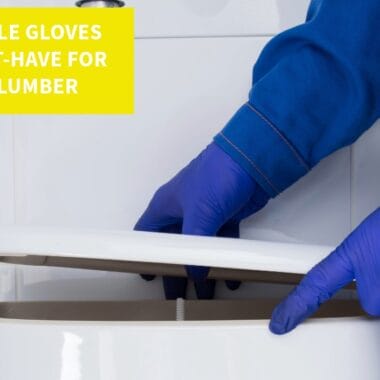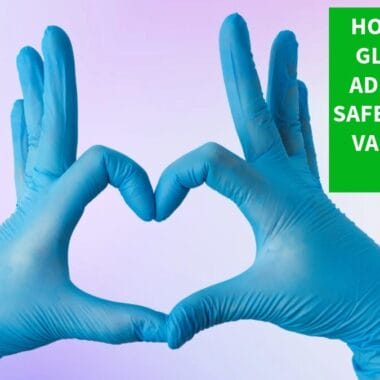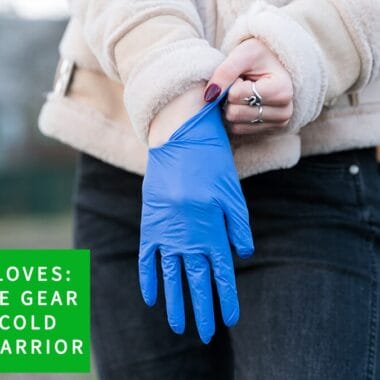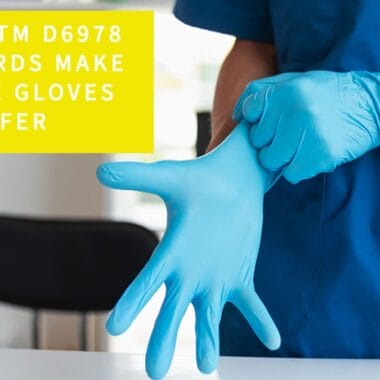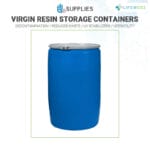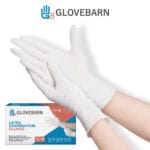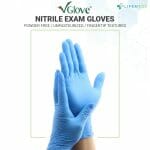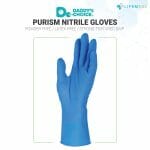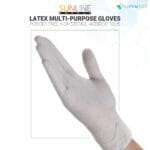What is PPE Shelf Life?
PPE (Personal Protective Equipment) shelf life refers to the duration of time that PPE can be stored before it is no longer considered effective or safe to use. This timeframe is determined by the manufacturer and indicates how long the equipment retains its protective properties under proper storage conditions. PPE shelf life is critical for ensuring that protective gear like masks, gloves, respirators, and chemical suits continue to provide the necessary protection against workplace hazards.
The shelf life of PPE can vary depending on the material, type of equipment, and environmental conditions in which it is stored. Once PPE has passed its expiration or shelf life, its integrity may be compromised, leading to a failure in protection and increased risk for workers.
Importance of PPE Shelf Life in the Enterprise Environment
In industries where PPE is essential for safeguarding workers from hazards such as chemicals, airborne contaminants, or biological agents, managing the shelf life of PPE is crucial for maintaining workplace safety. Expired PPE can lose its protective properties, leaving workers vulnerable to exposure, injuries, or illness. For example, the filtration efficiency of respirators may degrade over time, while the material of gloves or chemical suits may become brittle or less resistant to hazardous substances.
Enterprises must regularly monitor the shelf life of their PPE inventory to ensure that workers are only using equipment that meets safety standards. This is not only important for worker protection but also for regulatory compliance. Agencies such as OSHA (Occupational Safety and Health Administration) and ANSI (American National Standards Institute) require that PPE be maintained in good working order and replaced once it has exceeded its shelf life. Non-compliance can result in fines, legal liabilities, and compromised worker safety.
Managing PPE shelf life effectively also helps companies optimize costs by preventing the over-purchasing or underutilization of equipment.
Factors Influencing PPE Shelf Life
1. Material Composition
- Purpose: Determines the durability and degradation rate of PPE over time.
- Examples: Nitrile gloves vs. latex gloves, rubber-based respirators.
2. Storage Conditions
- Purpose: Proper storage in cool, dry environments can extend the shelf life of PPE.
- Examples: Heat, humidity, and UV light can degrade certain materials faster.
3. Type of PPE
- Purpose: Different types of PPE have varied shelf lives based on their intended use and materials.
- Examples: Respirators may last 5 years, while chemical suits may have a shorter shelf life.
Managing PPE Shelf Life with Enterprise Software
Enterprise software can help businesses manage PPE shelf life by automating inventory tracking, expiration alerts, and compliance monitoring. Key benefits include:
- Expiration Alerts: Receive automated notifications when PPE is approaching its expiration date.
- Inventory Management: Track the shelf life of PPE across multiple locations to ensure timely use or replacement.
- Compliance Monitoring: Ensure that all PPE in use meets regulatory standards for safety and effectiveness.
Conclusion
PPE shelf life is a critical factor in maintaining workplace safety and regulatory compliance. By regularly monitoring the expiration dates of protective gear, enterprises can ensure that workers are using equipment that provides reliable protection. Enterprise software solutions streamline this process, enabling businesses to optimize inventory, prevent equipment failure, and maintain a safe working environment.
« Back to Glossary Index

